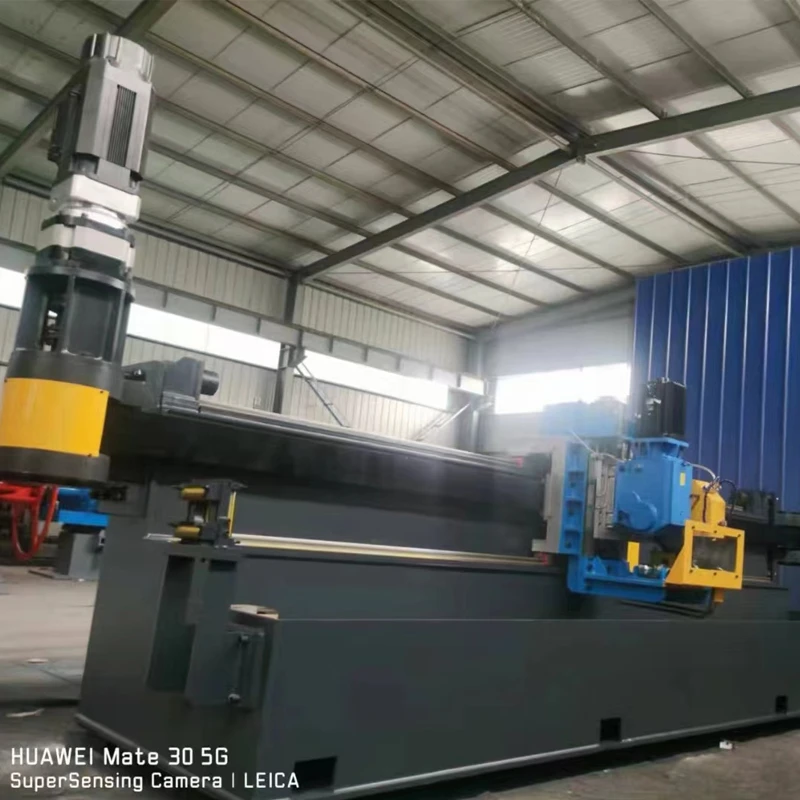Metal Stud and Track Roll Forming Equipment Available for Purchase
Understanding Metal Stud and Track Roll Forming Machines
The construction industry is continuously evolving, with innovations that optimize efficiency and reduce material waste. One such advancement is the metal stud and track roll forming machine, an essential tool for fabricating steel framing components used in commercial and residential buildings. This article explores the features, advantages, and market dynamics of these machines, as well as some considerations for purchasing one.
What Is a Metal Stud and Track Roll Forming Machine?
A metal stud and track roll forming machine is a specialized machinery designed to produce metal studs and tracks from steel coils. The process involves feeding a raw steel coil into the machine, where it is shaped and cut into the requisite lengths through a series of rollers and dies. These machines can produce various gauge sizes and profiles, making them highly versatile for different construction applications.
Key Features
1. Precision and Consistency The roll forming process allows for high accuracy in dimensions, ensuring that every stud and track meets strict construction specifications. This is crucial in maintaining structural integrity and synergy with other building components.
2. Speed and Efficiency Modern roll forming machines are designed for high-speed production, significantly reducing manufacturing time. With the ability to produce long runs of material quickly, construction projects can maintain their schedules without unnecessary delays.
3. Flexibility Many machines can be customized to produce various profiles without extensive downtime, allowing manufacturers to fulfill diverse client needs. This adaptability enhances their market competitiveness.
4. Automation Capabilities Today’s advanced machines often come equipped with computerized controls, enabling automated operations. This not only enhances efficiency but also minimizes human error, resulting in higher-quality products.
Advantages of Using Metal Studs and Tracks
1. Durability Metal studs and tracks offer excellent strength and resilience compared to traditional wood framing. They are resistant to warping, splitting, and pest damage, leading to longer-lasting building structures.
metal stud and track roll forming machine for sale

2. Lightweight Metal framing is considerably lighter than wood, making it easier to handle and install. This can lead to reduced labor costs and enhanced construction speed.
3. Fire Resistance One of the most significant benefits of using steel is its inherent fire resistance. This property can enhance the safety and insurance ratings of a building, providing peace of mind to owners and occupants alike.
4. Sustainability Steel is recyclable, making it an environmentally friendly option for construction. As more builders seek green construction solutions, using metal framing aligns with sustainable practices.
Market Dynamics and Considerations
The demand for metal stud and track roll forming machines is growing as the construction industry increasingly shifts towards steel framing solutions. When considering the purchase of such a machine, potential buyers should evaluate several factors
1. Production Needs Assess the volume of metal studs and tracks you intend to manufacture. This will help determine the machine’s required specifications, such as speed and width capabilities.
2. Quality of Equipment Research manufacturers to ensure that their machines are built with quality components and technology that offer longevity and reliability.
3. After-Sales Support Consider the level of service offered post-purchase. A machine that comes with robust technical support and maintenance options can prevent costly downtime.
4. Cost Efficiency While initial investment is essential, also consider the long-term operational costs associated with energy consumption and maintenance.
Conclusion
Metal stud and track roll forming machines play a critical role in the modern construction industry, offering significant benefits in precision, speed, durability, and sustainability. As the industry moves towards more efficient practices, these machines are expected to remain at the forefront of building technology. Investing in a quality machine can pave the way for enhanced production capabilities and a strong competitive edge in the construction market.
-
High Frequency Straight Seam Welded Pipe Production Line-BzZhou Xinghua Machinery Equipment Manufacturing Co., LTD.|line pipe steel&welded gas pipeNewsJul.30,2025
-
High Frequency Straight Seam Welded Pipe Production Line-BzZhou Xinghua Machinery Equipment Manufacturing Co., LTD.|High Precision&Automated SolutionsNewsJul.30,2025
-
High Frequency Straight Seam Welded Pipe Production Line - BzZhou Xinghua Machinery Equipment Manufacturing Co., Ltd.NewsJul.30,2025
-
High Frequency Straight Seam Welded Pipe Production Line-BzZhou Xinghua Machinery Equipment Manufacturing Co., LTD.|Precision Welding, High EfficiencyNewsJul.30,2025
-
High Frequency Straight Seam Welded Pipe Production Line|BzZhou Xinghua|Precision Welding&EfficiencyNewsJul.30,2025
-
High Frequency Straight Seam Welded Pipe Production Line - BzZhou Xinghua|Precision Engineering&EfficiencyNewsJul.30,2025


